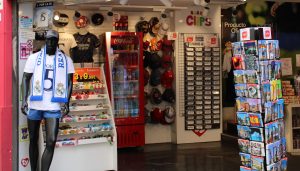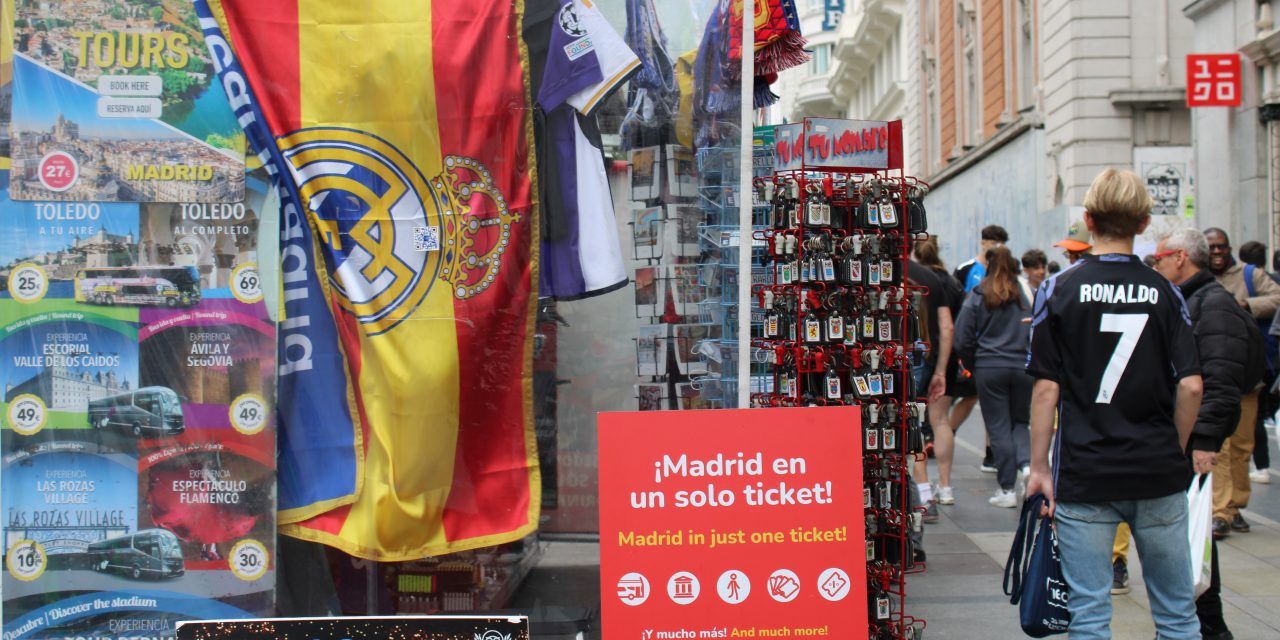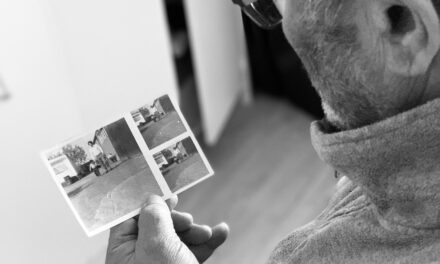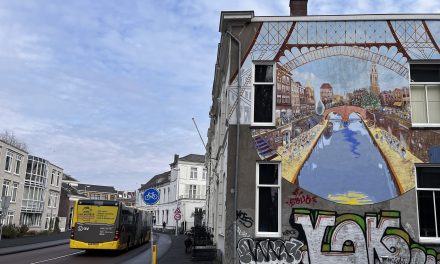In the capital of Spain, a city where history and modernity intertwine seamlessly, football is more than just a sport, it is the heartbeat of the city, a powerful force that shapes the identity of its residents and nurtures a sense of community. On match days, the city transforms into a living, breathing display of passion and pride. The aroma of freshly brewed coffee mingles with the scent of sizzling tapas as locals wear their team’s colors, creating a mosaic of red, white, and blue. From the historic Santiago Bernabéu Stadium to the loud bars in Lavapiés, the sounds of excited chatter and spirited chants fill the air, embodying a tradition that has evolved over centuries.
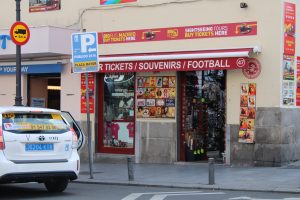 The history of Football, also known as “the people’s game”, is a fascinating journey that dates back to medieval times. Its roots can be traced even further to ancient Greece and Rome, where similar ball games were played. Across the globe, ancient China and Japan also created their versions of the game, highlighting its universal appeal throughout history. In Britain, the story of football begins as early as the eighth century CE. In the history of sports in England, Joseph Strutt, a famous philanthropist expressed – “in order to form a just estimation of the character of any particular people, it is absolutely necessary to investigate the sports and Pastimes most generally prevalent among them” – Walvin, J. (2014). The people’s game: the history of football revisited. Random House. Joseph’s statement allows us to view football as a lens that reflects specific societies and their underlying patterns, bringing us back to a city renowned for its passion for sport – Madrid.
The history of Football, also known as “the people’s game”, is a fascinating journey that dates back to medieval times. Its roots can be traced even further to ancient Greece and Rome, where similar ball games were played. Across the globe, ancient China and Japan also created their versions of the game, highlighting its universal appeal throughout history. In Britain, the story of football begins as early as the eighth century CE. In the history of sports in England, Joseph Strutt, a famous philanthropist expressed – “in order to form a just estimation of the character of any particular people, it is absolutely necessary to investigate the sports and Pastimes most generally prevalent among them” – Walvin, J. (2014). The people’s game: the history of football revisited. Random House. Joseph’s statement allows us to view football as a lens that reflects specific societies and their underlying patterns, bringing us back to a city renowned for its passion for sport – Madrid.
By a quirk of geology, the first football played in Spain was in the heat and dust of Andalusia. One of the poorest, most rural, most backward regions of nineteenth-century Spain, Andalusia was also home to the country’s richest copper deposits owned by the British. In the visitors’ book of an inn in Gaucin near Huelva, used by the garrison’s officers, Captain W. F. Adams in September 1874 wrote – “Marched out of Huelva on Wednesday.
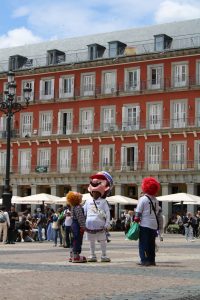
Tourist entertainers wearing football merch
Played football with some railmen for about an hour out. The only diversion we truly had”- Goldblatt, D. (2007). The ball is round: A global history of football. Penguin UK. By 1889 very first Spain’s sports club and organized football team – Recreativo de Huelva was created. Since then, Spain has become known for its rich footballing history, and world-class talent that sees the sport as a crucial part of its cultural identity. Rhytha Hazel Gafoor, originally from India, currently pursuing a Master’s in Sports Journalism and Communications at RMUE Madrid comments: “Living in Madrid has deepened my appreciation for the game and the team. Because this city as a whole breathes football. There are seven major football teams here in Madrid. And you cannot go a day without having been talked about football or listening to a conversation about football. That’s part of their daily life. We generally say we need air, water, and shelter. I think people in Madrid need air, water, shelter, and football to live.” Rhytha has been following football as a fan since the age of 8 and it was football, that shaped her life’s decision to learn Spanish and move to Madrid to see the action up close. Nowhere is this “action” more evident than in the famous Madrid Derby, the fierce rivalry between two major teams – Real Madrid and Atlético Madrid.

This epic opposition extends beyond the sports arena, shaping the city’s culture and simultaneously uniting and dividing its people. It translates not only into football but also to intergenerational feuds and social class distinctions in Madrid. For local fans, the team they support is not a choice – it’s something they’re born into. If you are born into an Atletico Madrid-supporting family, you also become one with no exceptions – “most people don’t *choose* their team. You follow the team your family does which will be the local one. But it also does say something about you politically. It’s not to say that Atleti and
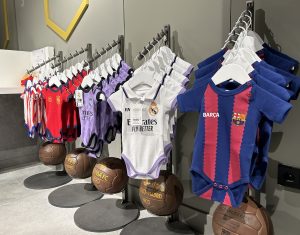
Real fans can’t be friends. But you can probably know that you’ll disagree about certain things just by the team they follow” says Nicolas Oregon, a writer for a travel magazine, specializing in sports writing. Nicolas was raised between London and Madrid, currently lives in Madrid, and is a season ticket holder, attending games every week. About this, Rhytha comments – “I joke with my friends back home, that when a baby is born back in India, the first question you ask is, is it a boy or a girl? But here they ask, is it Atleti or Real Madrid? That’s how it’s inscribed deep in everybody here.” We could say that supporting a team is akin to family legacy, It’s something you are proud of and loyal to.
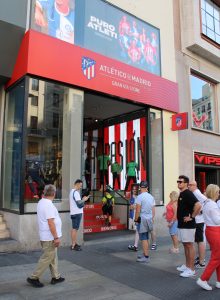
Fans gathered around Atletico Madrid shop
The rivalry between fans of both teams is at its peak during matchdays. Usually, Ulta fans gather around a stadium, start drinking, and then march on the street with flags, uniforms, anthems, and cheering. “I was at a Napoli vs. Real Madrid game with my friends. Before the game started, I was standing in a corner wearing my Kvaratskhelia shirt when some Real Madrid fans approached me and asked me to move because that was where their team was gathering indicating that I wasn’t welcome there” says Eko Gvazava, originally from Georgia, who finished her master’s in the sports field in Madrid. What’s interesting, is that football rivalry affects the urban layout of the city as well. Supporters of the same team usually live in the same neighborhood, further strengthening their bond. Traditionally, there is a stereotype of the “Nort-South Axis” that claims that Atlético’s stadium is in the south of the city, in an area full of old factories and working-class neighborhoods, while the North side area is seen as “richer” (where Bernabéu – Real Madrid teams stadium is). “Real obviously means ‘royal’ in Spanish, they have the crown in their crest, and the upper crust supports them. Atleti is a working-class team. Not fashionable. For a long time, there has been an inferiority complex given the lack of comparative success. That’s part of the hatred, I think. So yes, whether you support Atleti or Real Madrid tells you which part of the city you come from (or at least it did). Atleti, poor from the south side, Real Madrid, rich or at least comfortable from the north.” Says Nicolas. On the contrary to his view, Vicente Rodríguez Ortega, a professor at the University Carlos III Madrid specializing in Media Studies argues, that “the stereotype is simply not true” and “nowadays fans have different backgrounds” and “many working-class people from Madrid are Real Madrid fans”.
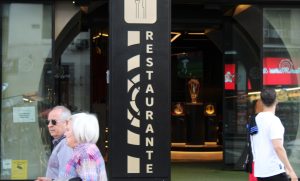
Football themed restaurant “LALIGA TWENTYNINE´S”
Although opinions on this matter differ, one thing is clear: in Madrid, the team you root for dictates your social circle, your activities, and your belief system from the day you are born. Rhytha reflected on the time she was working as an English teacher in one of Madrid’s schools: “My school was in a place where there are more Real Madrid fans than Atletico fans. So during a derby day, the school was buzzing with energy because everybody was excited. People are teasing each other – Oh, no, my team is going to win – and then the minority, the Atletico fans, they would get together as one group, despite of their age, to fight against Real Madrid fans.” Chris Stones, Doctor of Philosophy Research and a Fellow at the University of Nottingham, who wrote a chapter about “community engagement through elite sports” in the book “Managing and Developing Community Sport” recalls a similar experience: “I was teaching English whilst I was living in Madrid to students and the rivalry, at a more everyday level, was as intense as any other rivalry that I know of in the UK and would manifest in a very friendly manner. In the classroom, you knew that the derby was coming, people wanted to talk about it a lot, they wanted to tell you, particularly wanted to tell
me about it as a foreigner, as someone interested in football, there was a lot of interest from my students in wanting to tell me about their clubs and the importance of that rivalry” 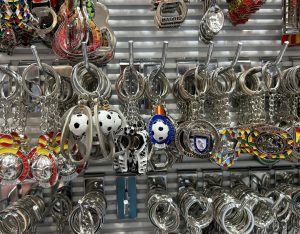 considering this, for Madrid’s residents, football is not merely entertainment or a way to have fun – even from a young age, they appreciate the game on an intellectual, fully conscious level – “I taught in a primary school and even kids of six years old or seven years old are appreciating the game both tactically and historically. They bring in all the stats they know and then they’re discussing it. So when I say it’s a lifestyle, it’s from the grassroots”, Says Rhytha.
considering this, for Madrid’s residents, football is not merely entertainment or a way to have fun – even from a young age, they appreciate the game on an intellectual, fully conscious level – “I taught in a primary school and even kids of six years old or seven years old are appreciating the game both tactically and historically. They bring in all the stats they know and then they’re discussing it. So when I say it’s a lifestyle, it’s from the grassroots”, Says Rhytha.
Just as every religion has its customs and rituals, football has also given rise to its own traditions and ceremonies among its followers. On match days/nights, bars will be packed, taxi drivers will have the radio tuned to the game, and you’ll catch people checking their phones for score updates. And of course, depending on which part of the city you’re in, you’ll hear the cars honking their horns or people chanting from their homes when a goal goes in. “There are thousands of little mini rituals. For example, as a kid, at halftime, someone in the crowd would take out a radio to get an update on the other scores in the league (obviously this is gone with mobile phones). The second half-time blows, Spaniards unwrap the foil from their baguettes (usually tortilla or chorizo). Also, when I go to a game with my friends and cousins, we all eat pipas throughout the game –salted sunflower seeds. The tradition is to crack them open with your teeth, then spit the shell out. It’s almost for the nerves more than anything else” says Nicolas. Another common custom is related to two fountains – In the center of Plaza de Cánovas del Castillo, a roundabout in the Paseo del Prado, Madrid, there are two fountains – the fountain of Cibeles and the fountain of Neptune. Atletico fans believe that jumping into the fountain or throwing a coin into the Neptune fountain will bring them luck, while Real Madrid fans believe that the Fountain of Cibeles brings them luck.
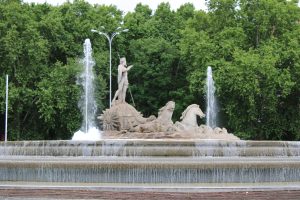
Neptune Fountain
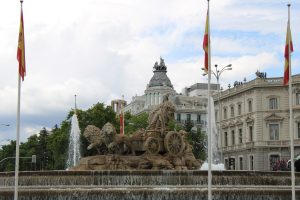
Cibeles Fountain
This fervent belief in rituals underscores the deep emotional investment of football supporters, as reflected in Vicente’s vivid recollection: “I remember this game, it was Juventus against Atletico Madrid, Cristiano Ronaldo was in Juventus and Cristiano scored two goals, which eliminated Atletico Madrid, and this guy in the crowd said – I mean, he didn’t mean it, but in the spur of the moment he said – Cristiano if you die now, I’ll die myself! The fact that he hated him so much wasn’t because he scored two goals, of course, but because it was Cristiano who was the very image of Real Madrid”.
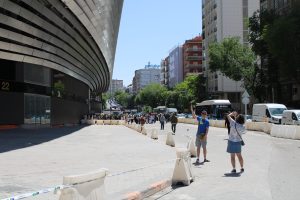
A fan taking picture in front of Bernabeu Stadium
As we observe the various customs, rivalries, and rituals associated with sports, including fans spending large sums on match tickets and merchandise, as well as oppositions that go beyond games and impact relationships, we find ourselves wondering: what causes this intense identification with sports? How can a sport hold such power, and why does it have such a significant impact on people’s lives? The answer to this question could be found in Social identity theory in psychology, proposed by Henri Tajfel and John Turner in the 1970s. Their research has shown that belonging to various groups, such as social class, family, or a football team, is a significant source of pride and self-esteem – Trepte, S., & Loy, L. S. (2017). Social identity theory and self‐categorization theory. The international encyclopedia of media effects, 1-13. These social identity groups provide individuals with a sense of belonging, purpose, self-worth, and identity. In the world of football fandom, this sense of connection and unity is palpable. Fans feel comforted knowing they are not alone in their experiences or perspectives. Liverpool FC, one of the world’s biggest football teams, captures this sentiment perfectly with their slogan: “You’ll Never Walk Alone.” Being part of a group often involves shared goals and missions, which offer direction and purpose to its members. This affiliation can also boost self-esteem, as individuals take pride in their group’s achievements and positive image. As Nicolas puts it, “It is not just that my team wins or loses. My team is me and I am my team. So, I feel the loss. I feel the win. It’s like music, no matter how it changes, humans will always respond to a good beat. I think football is just another way for us to feel like we’re part of something”, says Nicolas. Through football, fans find a rhythm that resonates deeply, making them feel part of something larger than themselves.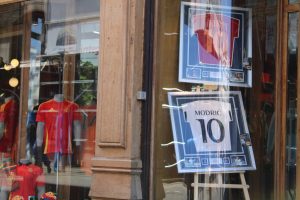 Additionally, Groups, and in this case, Football fandoms provide a framework to understand oneself in the context of a larger community. They can help define who you are based on shared attributes, values, or goals. By fostering a sense of belonging and mutual understanding, football fandoms crystallize personal identity within the broader communal life. This intense identification with football, as seen through the eyes of both fans and scholars, highlights the powerful role that social identity plays in uniting people. Football is not just a game here; it’s a way of life, a shared identity that unites generations. Whether it’s the historical rivalry between Real Madrid and Atlético Madrid or the collective experience of watching a match at a local bar, football creates a community where everyone feels they are part of something bigger. As we witness the rituals, chants, and fervor that accompany every match, we are reminded that in Madrid, football is a shared heartbeat, resonating through every fan and uniting the city in a universal rhythm of passion and pride.
Additionally, Groups, and in this case, Football fandoms provide a framework to understand oneself in the context of a larger community. They can help define who you are based on shared attributes, values, or goals. By fostering a sense of belonging and mutual understanding, football fandoms crystallize personal identity within the broader communal life. This intense identification with football, as seen through the eyes of both fans and scholars, highlights the powerful role that social identity plays in uniting people. Football is not just a game here; it’s a way of life, a shared identity that unites generations. Whether it’s the historical rivalry between Real Madrid and Atlético Madrid or the collective experience of watching a match at a local bar, football creates a community where everyone feels they are part of something bigger. As we witness the rituals, chants, and fervor that accompany every match, we are reminded that in Madrid, football is a shared heartbeat, resonating through every fan and uniting the city in a universal rhythm of passion and pride.
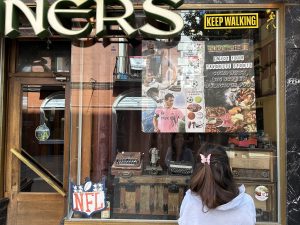
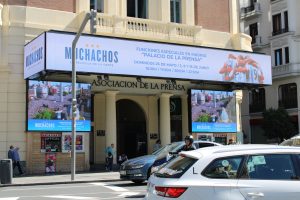

Bernabeu Stadium
